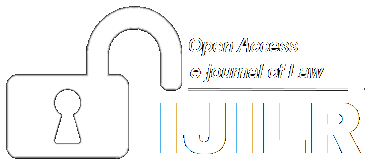Aftermath of Baring Bank: Responses of the International and Indian Banking Sectors
School of Law, University of Petroleum and Energy Studies, Dehradun
Volume II – Issue I, 2021
The Baring Bank or famously called the ‘Queen’s Bank’ was the most prominent and distinguished investment bank in United Kingdom with over 230 years lifespan. The bank collapsed in February 1995 due to uncontrolled one-man power and infallibility of Mr. Nick Leeson, who had managed to conceal his fraudulent concealment of the significant losses. Mr. Leeson had engaged in unhedged, illicit and unauthorized derivatives trading operations between the Singaporean Stock Exchange and Osaka Future Exchange which caused colossal losses of over $ 950 million dollars within one of its subsidiary companies, Barings Future Singapore (BFS). The failure of the Baring Bank demonstrated the need for greater regulation of the derivatives, raised alarms for the faulty internal risk-management controls and trading operations within the banks and corporations in general.
The paper will discuss howthe Baring bank crumbled and factors responsible, the implications of the collapse and the response of the international banking fraternity i.e. the ‘Basel Committee on Banking Supervision (BCBS)’. The paper will also elucidate the present prudential regulatory and supervisory framework formulated by the Indian regulators to deal with any mishap similar to that of the Baring bank, which may occur in the Indian banking sector. The research methodology will be doctrinal and analytical in nature as the data will be collected through secondary sources like articles, journals and other internet sources in this respect.
Keyword: Baring bank, rogue trader, illicit derivatives trading, Basel committee, Indian banking sector
